Abstract
3D seismic data can play a vital role in hydrocarbon exploration and development especially with regard to mitigating risk associated with presence of reservoir facies. Such data can afford direct imaging of depositional elements, which can then be analyzed by applying seismic stratigraphic and seismic geomorphologic principles to yield predictions of lithologic distribution, insights to compartmentalization, and identification of stratigraphic trapping possibilities. Benefits can be direct, whereby depositional elements at exploration depths can be identified and interpreted, or they can be indirect, whereby shallow-buried depositional systems can be clearly imaged and provide analogs to deeper exploration or development targets.
Examples of imaged depositional elements from both shallow- and deeply-buried sections are presented. In addition, depositional settings ranging from non-marine to deep-marine clastic as well as carbonate environments will be shown (Figs. 1-5). Common techniques for geologic visualization include 1) visualizing stratigraphic horizons, 2) time slicing and flattened time slicing, 3) interval attribute analysis (including seismic waveform analysis), 4) voxbody interpretation and mapping, 5) 3D perspective rendering, and 6) opacity rendering.
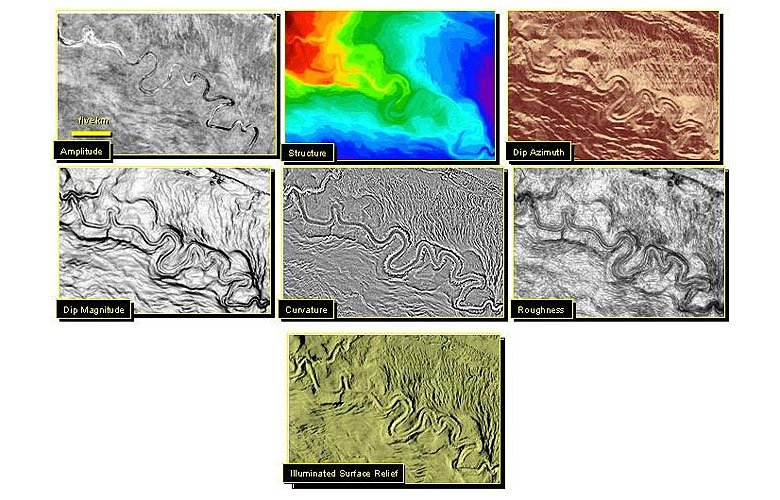
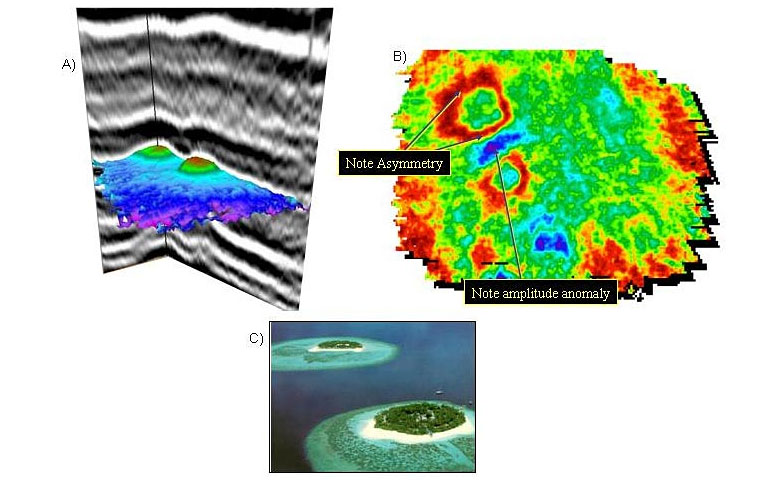
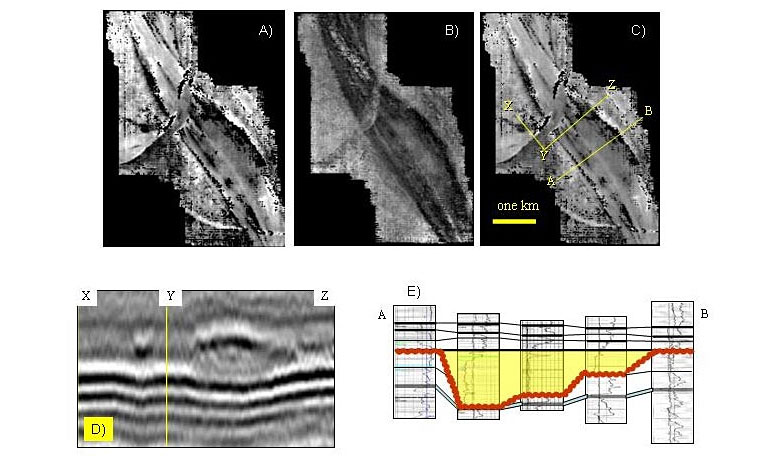
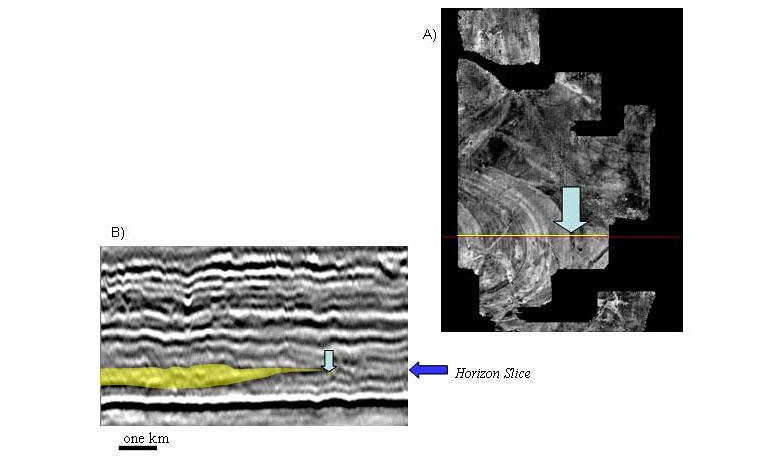
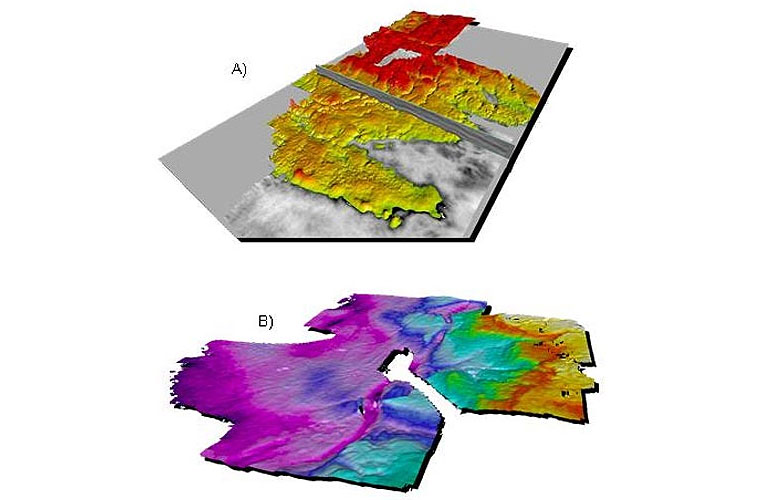
Biography
Henry W. Posamentier is the Chief Geologist for Anadarko Petroleum Corporation and AAPG Distinguished
Advisor. Prior to joining Anadarko in 2001, he was with Veritas Exploration Services (2000-2001), the Atlantic Richfield Co. (1991-2000), Exxon Production Research Co. and Esso Resources Canada, Ltd. (1979-1991), and at Rider University, Assistant Professor of Geology (1974-1979).
Dr. Posamentier's research interests have been in the fields of sequence stratigraphy and depositional systems analysis, where he has published widely. Most recently, he has employed an interdisciplinary approach using 3D seismic visualization integrated with borehole data to interpret depositional systems and develop basin fill histories, in particular with reference to deep-water depositional settings. His current responsibilities include maintaining technical excellence within the G&G staff and ensuring integration of appropriate technologies into the exploration process.
In 1971-1972, Dr. Posamentier was a Fulbright Fellow to Austria. He has served as an AAPG Distinguished Lecturer to the United States (1991-1992), an AAPG Distinguished Lecturer to the former Soviet Union (1996-1997), and an AAPG Distinguished Lecturer to the Middle East (1998-1999).





